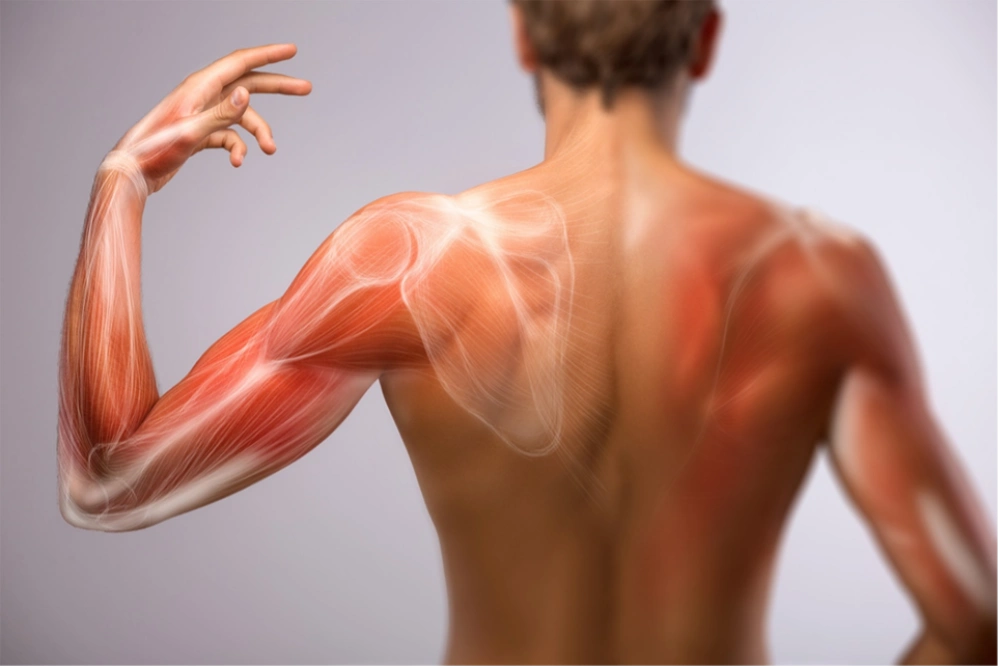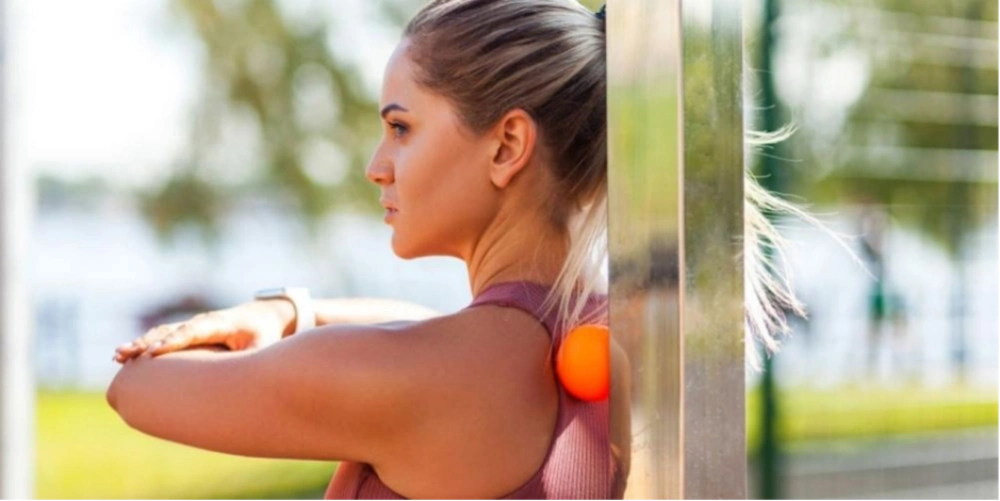Shoulder injuries can significantly impair functionality and mobility, affecting day-to-day living. Restoring the shoulder joint’s strength, stability, and flexibility requires effective therapy. We’ll explore a variety of shoulder rehabilitation activities West Vancouver exercises in this article, all of which are meant to accelerate healing and improve shoulder function in general.

Shoulder Anatomy and Common Injuries
With its complex structure made up of bones, ligaments, tendons, and muscles, the shoulder joint offers a great range of motion. Shoulder impingement, labral tears, rotator cuff tears, and shoulder dislocations are among the conditions that fall under the category of common shoulder injuries. These injuries, which can cause discomfort, weakness, and limited movement, can be brought on by several things, such as overuse, trauma, or degenerative changes. It is essential to comprehend the complexities of shoulder anatomy and the types of common injuries to create a set of treatments and exercise to rehab shoulder that are effective and customized to meet the needs of each patient.
What Cuses Shoulder Problems?
Shoulder problems can arise from various causes, including:
· Overuse and Repetitive Motions
Overuse injuries such as bursitis or tendinitis of the rotator cuff can result from activities that require throwing, swimming, or lifting large objects, or from repetitive overhead motions that put undue strain on the shoulder joint.
· Trauma and Acute Injuries
Fractures, dislocations, or soft tissue injuries such as ligament or labral tears can occur from sudden impact or trauma to the shoulder, such as falls, collisions, or sports-related injuries.
· Degenerative Changes
Osteoarthritis, tendon degeneration, and degenerative rotator cuff tears are among the diseases that can result from wear and tear on the cartilage, tendons, and ligaments of the shoulder joint as we age.
· Bad Posture
Prolonged slouching or hunching forward can lead to alignment problems and muscular imbalances in the shoulder area, which raises the possibility of impingement syndrome or instability of the shoulder.
· Muscle Imbalances
Imbalances or weakness in the scapular stabilizers and rotator cuff muscles, which surround the shoulder joint, can impair normal shoulder mechanics and put people at risk for pain and injury.

· Medical Conditions
Rheumatoid arthritis, adhesive capsulitis, and neurological problems are a few examples of medical conditions that can affect the shoulder joint and associated structures, resulting in discomfort, stiffness, and reduced mobility.
· Inadequate Biomechanics
Improper lifting techniques or bad overhead mechanics are examples of biomechanical anomalies or flawed movement patterns that can put undue strain on the shoulder joint and eventually lead to injury.
The shoulder joint’s complex structure allows for extensive mobility but is disposed to common injuries like impingement, tears, and dislocations due to overuse, trauma, or degeneration. Understanding shoulder anatomy and these injuries is vital for effective rehabilitation.
Understanding Shoulder Rehabilitation
The major objectives of shoulder rehabilitation are pain reduction, range of motion improvement, strength, and stability restoration. It consists of a structured exercise program with a focus on progressive loading and suitable activity selection, according to the injuries and stage of recovery of each patient.
Types of Shoulder Rehabilitation Exercises
There are some kinds of shoulder rehabilitation exercises including:
· Passive Range of Motion (ROM) Exercises
These entail self-assisted methods to regain flexibility or mild motions supported by a therapist. Exercises using a pendulum, passive shoulder flexion, and external rotation are a few examples.
· Active Range of Motion Exercises
These exercises engage the shoulder muscles to move the joint through its full range of motion. Examples include shoulder flexion, abduction, and internal and external rotation exercises.
· Strengthening Exercises
These exercises focus on the deltoids, scapular stabilizers, and rotator cuff, which are essential for regaining muscle balance and stability. Exercises for scapular stability and shoulder external rotation with resistance bands are two examples.
· Neuromuscular Control Exercises
They put more emphasis on enhancing dynamic stability and coordination while pushing the neuromuscular system to adjust to the demands of movement. Proprioceptive training activities and shoulder stability ball exercises are two examples.
· Rehabilitation Progression and Guidelines
From passive to active workouts, strengthening, and neuromuscular control activities, rehabilitation should advance progressively. To promote maximum healing and prevent re-injury, it’s critical to track progress, adjust workouts as necessary, and refrain from making pain or discomfort worse.
Shoulder rehabilitation exercises focus on reducing pain, improving range of motion, and restoring strength and stability through exercises like passive and active motion, strengthening, and neuromuscular control. It progresses gradually, tailored to individual recovery stages, to prevent reinjury.

Neuromuscular Control Exercises
Improving neuromuscular control is critical for injury prevention, coordination, and stability of the shoulder. Think about adding these neuromuscular control exercises for shoulder to your regimen:
1. Shoulder Blade Contractions:
Keep your arms loose by your sides and keep an upright posture whether you’re sitting or standing. Imagine putting a tiny thing between your shoulder blades, holding it there for a moment, and then letting go. Ten to fifteen times, repeat this motion.
2. Rotator Cuff Strengthening:
- Internal Rotation: Apply resistance bands that are anchored at the elbow level. Using your outside hand, hold the band while bending your elbow to a 90-degree angle. Despite the band’s resistance, rotate your arm inside out across your body. Try to get 10 to 15 repetitions.
- External Rotation: Reverse the hand position and use the same setup as for internal rotation. With another goal of 10 to 15 repetitions, rotate your arm outward against the resistance of the band.
spinal cord injury rehabilitation exercises
3. Wall Angels
Position yourself facing a wall and space your feet shoulder-width apart. Press your elbows on the wall, bending them to a ninety-degree angle. Return to the starting position after slowly extending your arms. Ten to fifteen times, repeat this motion.
4. Scapular Clocks
Lie on your stomach on a mat with your arms resting by your sides. Visualize a clock face positioned beneath your chest. Lift your arms slightly off the ground and, focusing on your shoulder blades, draw clockwise and counterclockwise circles. Aim to complete 5-10 circles in both directions.
5. Shoulder External Rotation with Resistance Band
Secure a resistance band to a stable anchor point at waist level. Grasp one end of the band, ensuring your elbow remains close to your body at a 90-degree angle. Rotate your forearm outward, pushing against the resistance of the band. Complete 10-15 repetitions on both sides.
Enhancing shoulder neuromuscular control is crucial for preventing injuries and improving stability. Exercises such as shoulder blade contractions, rotator cuff strengthening, wall angles, and scapular clocks target key aspects of shoulder function, promoting strength and flexibility.

Conclusion
Shoulder rehabilitation exercises are essential to injury recovery. You may help the shoulder joint regain its strength, range of motion, and functionality by following a customized workout program. Speak with a licensed healthcare provider to create a customized rehabilitation plan that fits your requirements and objectives. To book an appointment for chiropractic or Vancouver Physiotherapy or massage therapy, make an appointment through the website.
Shoulder Rehabilitation Exercises in West Vancouver Clinic
To treat a range of shoulder ailments and injuries, West Vancouver clinic uses a thorough approach to shoulder rehabilitation exercises. These exercises are customized to meet the unique requirements and objectives of every patient, with an emphasis on strengthening, stabilizing, and regaining range of motion in the shoulder joint.